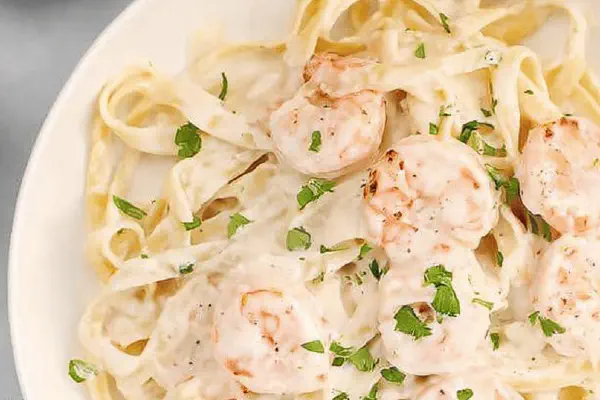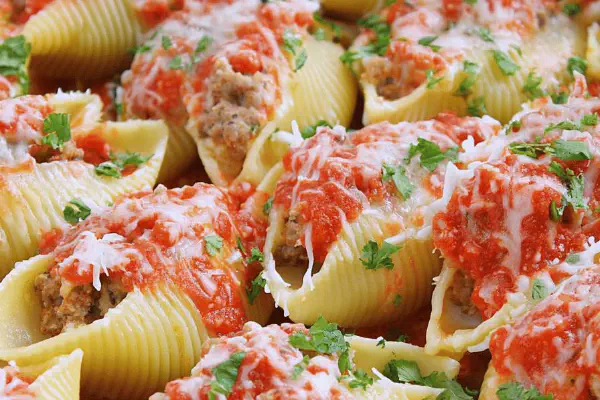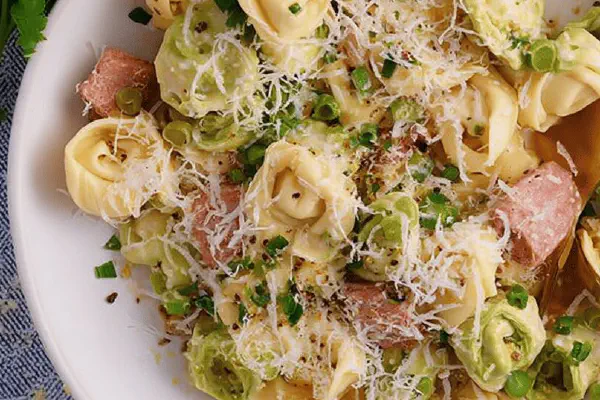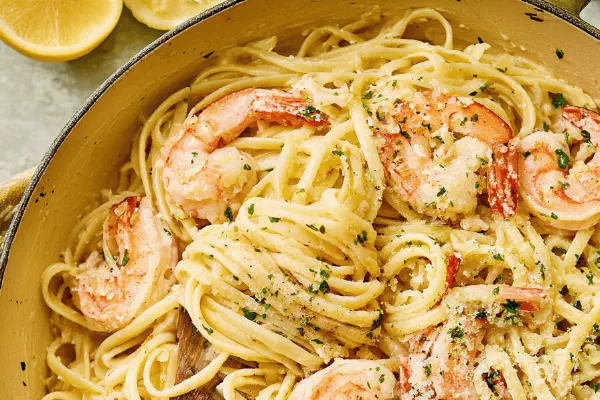Featured Recipe
Linguines Lamb Ragout
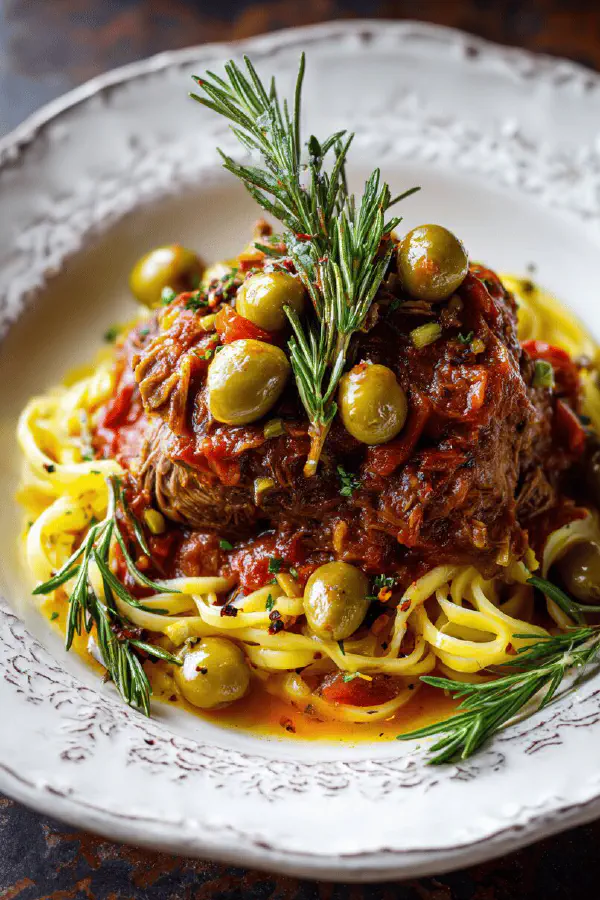
By Kate
"
Lamb shoulder cubes browned then simmered in crushed tomatoes and beef broth with kalamata olives replaced. Cooking done in pressure cooker saves time but watch for aroma cues. Onions softened to sweetness key. Pasta boiled al dente separately then combined with sauce. Olive substitution shifts flavor toward briny depth. Total cooking around 55 minutes with focus on texture and doneness rather than clock.
"
Prep:
20 min
Cook:
35 min
Total:
55 min
Serves:
4 servings
lamb
pasta
Italian
pressure cooker
Introduction
Lamb shoulder chunks browned hard to develop that rich crust—do not crowd the pan or steam will kill flavor. Shallots in place of onion for gentler sweetness that melts into sauce. Skip the usual black olives and pick bright green Castelvetrano for briny punch not bitterness. Pressure cooker cuts long stew times; watch aroma and natural pressure release for best texture. Pasta cooked al dente separately, drained with care, then folded into sauce to avoid mush. Simple but watch the details—the sauce must cling, lamb must be tender but not falling apart. Sizzle, hiss, and reduction aromas guide timing. Reproducible technique that works in any time crunch or casual weeknight.
Ingredients
About the ingredients
Lamb shoulder trimmed is key, fat left helps keep moist but trim bulky chunks for even cooking. Oil must be good quality olive oil; virgin but not extra heavy flavor to not overpower lamb. Shallots chosen over plain onions for their mild aromatic profile that blends well in slow-cooked sauces without harsh edges. Crushed San Marzano tomatoes bring authentic Italian acid-sweetness; can swap canned plum tomatoes but crush them. Beef stock adds body, vegetable stock can substitute for lighter versions though less depth. Slightly salty green Castelvetrano olives add a mild fruity brine; dry black olives usually bring more bitterness – adjust accordingly. Rosemary optional but adds layer of herbaceous pine that wants slow slow cooking to release. Chili flakes bring heat balance without dominating. Linguines standard but tagliatelle or fettuccine can work if easier for you. Ingredient ratios tweaked slightly for proportional balance but adaptable depending on taste or pantry.
Method
Technique Tips
Sauté lamb cubes first to get proper caramelization not boiling or stewing them. Temperature control the hardest part; too hot burns outside before inside cooks. Using sauté mode on cooker convenient but listen to sizzle and smell cues, aim for golden brown surfaces. Remove lamb before adding aromatics to avoid overcooking and mushy texture. Gentle cooking of shallots important to unlock sweetness but watch carefully so no browning happens, prevent bitterness. Deglazing ensures no stuck bits burnt, key even flavor distribution. Pressure cook timing slightly shorter than traditional braises to prevent over softening. Natural pressure release mandatory, forcing quick pressure release toughens meat fibers. Cook linguines separately—always—because pasta will overcook in sauce or toughen by absorbing too much liquid. Toss cooked pasta hot into sauce to warm through but not finish cooking. Final seasoning adjustment taste critical; balance acidity, salt, and spiciness last step. Garnish optional but a drizzle of fresh olive oil brightens dish. Remember leftovers thicken; add splash of water or stock upon reheating.
Chef's Notes
- 💡 Searing lamb first. Essential for flavor. Crust is key. Heat must be right. Not too hot or too low. Caramelize but don’t steam. Listen for the sizzle.
- 💡 Shallots over yellow onion. Why? Gentle sweetness. Shallots melt into sauce. Cook slowly. Aim for translucence, not brown. Brown means bitterness; that won’t work.
- 💡 Deglazing is vital. Scrape those bits off the bottom. Adds depth to sauce. Timing matters here too; don’t let them burn. Flavor without char.
- 💡 Boil pasta separately. No way around this one; absorbs too much moisture if added to sauce. Test early for that al dente bite. Drain quickly but do not rinse.
- 💡 Adjust seasoning at the end. Too heavy? Lemon juice does wonders. Salt brings flavors alive. Important to taste; an under-seasoned dish loses potential.
- 💡 Natural pressure release must happen. Quick release toughens meat. Important to understand texture here. Allow fibers to relax, redistribute juices.
Kitchen Wisdom
What if lamb is tough?
Overcooked likely. Braise shorter. Always check tenderness before pressure release. Think about leaving it longer or adding liquid.
Can I use another meat?
Sure, chicken stock works fine. But adjust seasonings. Pork could also work, but timing varies. Always check texture.
How do I store leftovers?
Keep it simple. Fridge in airtight. Can freeze too; use within three months. Gentle reheat on stovetop works best.
What if sauce is watery?
Cook longer with lid off to reduce. Learn to check thickness and adjust. Focus on flavors here; consider adding starch.
